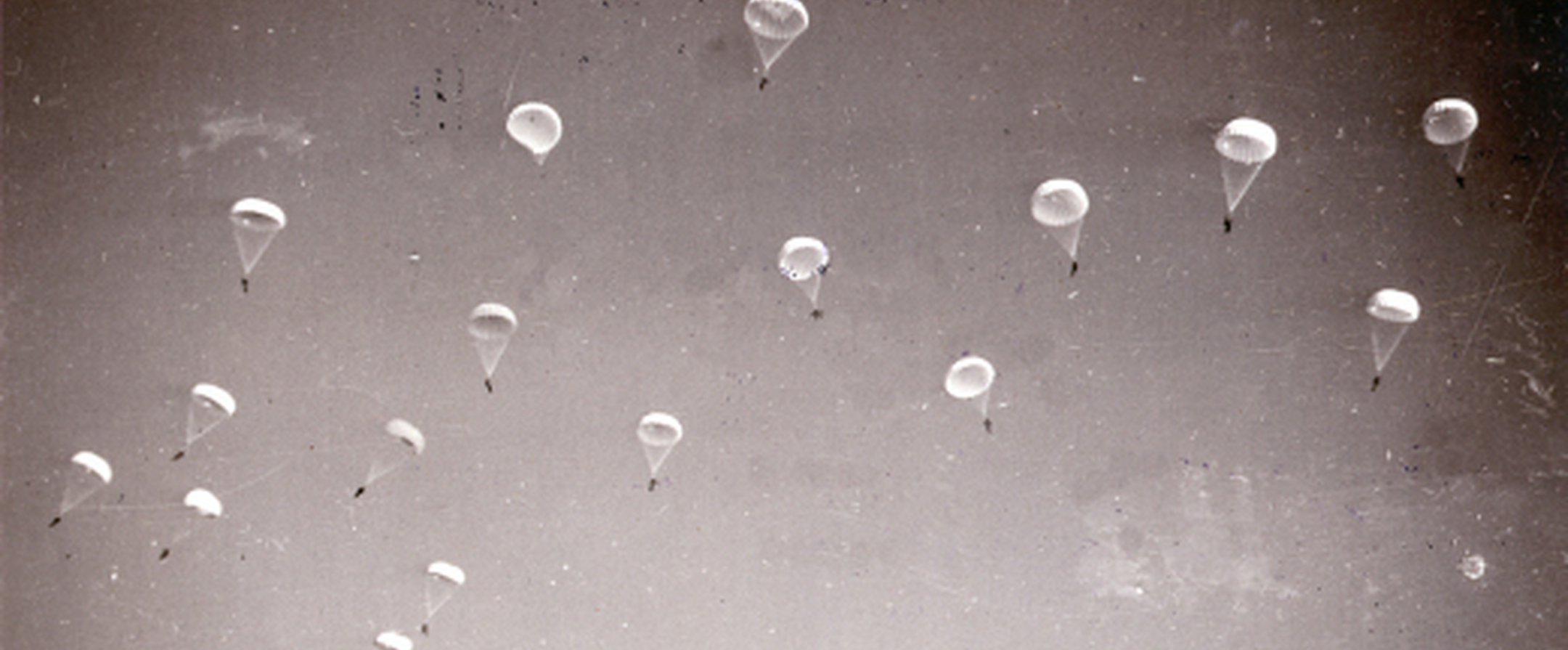Capitulation of the Netherlands
The Germans went on to threaten to bomb Utrecht as well. Aware of the hopelessness of the situation, the Netherlands surrendered. In a school building in Rijsoord, General Winkelman signed the capitulation agreement on 15 May. The defeat was hard on the Dutch military and civilians. At the same time, many Dutch people were also relieved that the tension had subsided.
Things felt different for the Jewish population. They had the most to fear from the Nazis. Some of them had fled Germany in the 1930s, and now, they were being overtaken by the Nazis. In the months after the invasion, hundreds of Jews committed suicide.
As the Netherlands had surrendered, the Germans installed a new administration on 29 May, headed by Reich Commissioner Arthur Seyss-Inquart, an Austrian Nazi. For the next five years, the Germans called the shots in the Netherlands.
